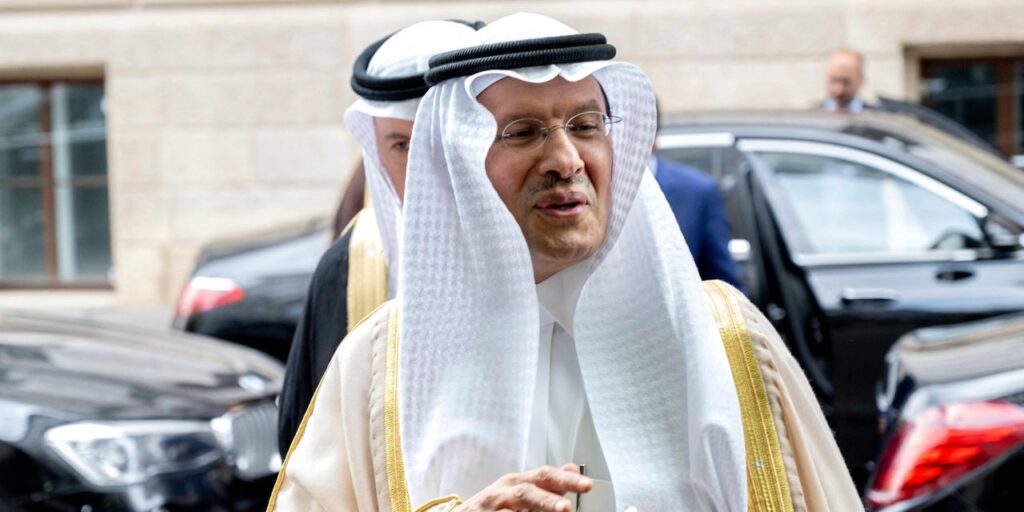Saudi Arabia on Sunday confirmed it would extend a production cut of 1 million barrels a day, which first took effect in July, through the end of December.
In a statement citing an Energy Ministry official, Saudi Arabia said it would extend the cut through next month, affirming a September announcement that had said it would keep the cut in place through the end of 2023. The statement said Saudi production would be approximately 9 million barrels a day in December.
Russia on Sunday reportedly said it would also extend a cut of 300,000 barrels a day through the end of December.
The Saudi cut, buttressed by the Russian output reduction, was cited for a rally that took West Texas Intermediate crude
CL00,
CL.1,
the U.S. benchmark, from the mid-$60s to an intraday peak above $95 a barrel in late September. Brent crude
BRN00,
the global benchmark, came within a few dollars of the $100-a-barrel threshold in late September before setting back.
The Hamas attack on southern Israel on Oct. 7 saw crude futures bounce but fail to challenge the late-September highs as investors weighed the potential for the resulting Israel-Hamas war to encompass Iran and threaten Middle Eastern crude supplies.
Crude eventually erased or sharply trimmed the war-related gains, with WTI ending Friday at $80.51 a barrel, down from a close of $82.79 for the most actively traded contract on Oct. 6, according to FactSet. Brent ended Friday at $84.89 a barrel. It closed Oct. 6 at $84.58.
Read the full article here

